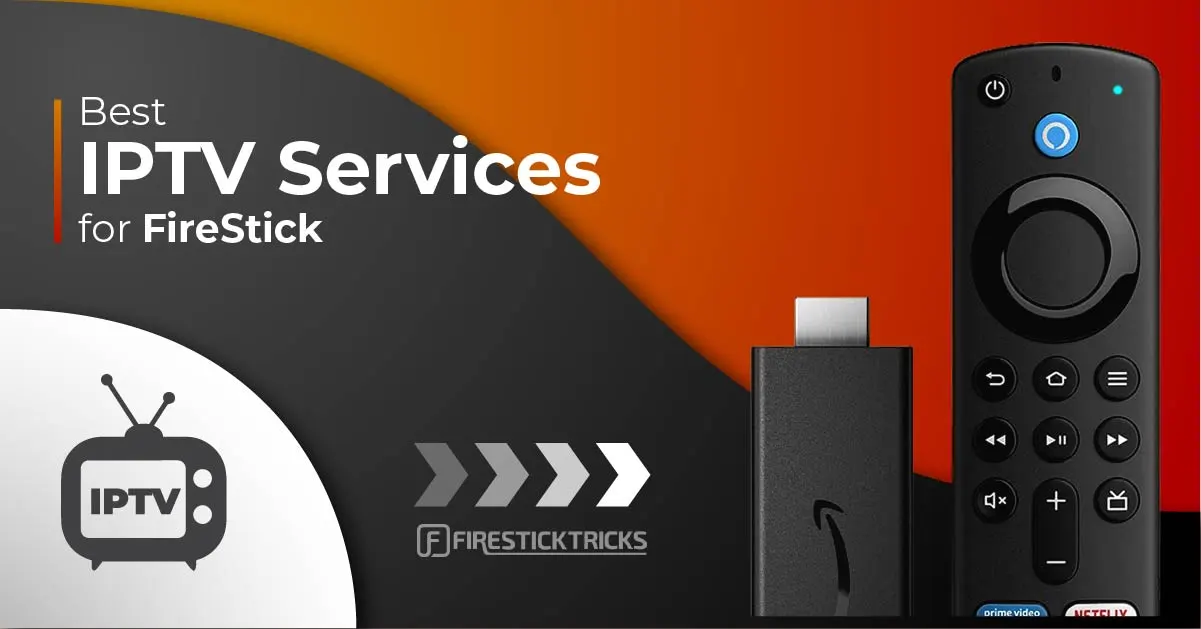Just How IPTV Works: A Step-by-Step Overview to Net Protocol Tv Innovation
Internet Procedure Tv (IPTV) has actually reinvented the way we take in tv content, providing a brand-new world of possibilities through the power of the web. Understanding the intricacies of how IPTV functions can shed light on the modern technology that drives this innovative kind of media delivery. From the fundamental concepts of IPTV to the complicated process of material distribution, each action plays a vital function in guaranteeing a smooth watching experience. In this guide, we will discover the underlying mechanisms that make IPTV an interesting combination of technology and enjoyment.
IPTV Essentials
In recognizing IPTV basics, it is crucial to realize the basic operations of this innovation in delivering television web content online. IPTV, which represents Web Protocol Tv, utilizes Net Procedure (IP) networks to transmit television material to users' tools. Unlike traditional approaches of broadcasting tv material through cable television or satellite signals, IPTV streams media via high-speed internet connections.

In addition, IPTV enables for interactive capacities, such as video as needed (VOD) and digital program guides (EPG), improving the user experience by offering more control and versatility in accessing material. Overall, recognizing the basics of IPTV establishes the foundation for exploring its more advanced capabilities and the advantages it uses to modern-day tv consumption.
Material Delivery Refine
Effective content distribution in IPTV systems includes a well-structured process that ensures seamless transmission of tv web content over IP networks. The content shipment process in IPTV begins with the development of the video web content, which is then encoded into electronic format suitable for IP transmission.

Middleware Functionality
With the combination of middleware, IPTV systems gain enhanced capability that improves customer interaction and material management. One of the essential features of middleware in IPTV is to allow tailored individual experiences by providing features such as interactive program guides, video-on-demand solutions, interactive marketing, and user choices administration.

Tool Compatibility
Given the essential role of middleware in making it possible for smooth interaction and material monitoring in IPTV systems, an essential aspect to take into consideration is the compatibility of devices utilized for accessing the IPTV solutions. Gadget compatibility is important for making certain a smooth individual experience and optimal efficiency when accessing IPTV material.
In the context of IPTV, tool compatibility refers to the ability of a tool to successfully interact with the IPTV service, show content correctly, and support the necessary methods and codecs for streaming video material over the net. Various tools, such as clever TVs, set-top boxes, mobile phones, tablets, and computer systems, may have varying degrees of compatibility with IPTV services.
To make sure a seamless viewing experience, it is very important for individuals to select gadgets that work with the details IPTV solution they are utilizing. Furthermore, IPTV service suppliers must provide support for a large variety of gadgets to deal with the diverse needs of their user base. By prioritizing device compatibility, both individuals and provider can enhance the total IPTV experience.
High Quality of Service (QoS)
Thinking about the vital function of keeping a high requirement of efficiency and reliability in IPTV systems, making certain constant Quality of Solution (QoS) stays a fundamental aspect of the individual experience. QoS in IPTV refers to the ability of the anchor system to supply content with very little disturbances, high resolution, and quick loading times. To attain ideal QoS, numerous variables require to be dealt with. Network bandwidth is important to sustain top notch video streaming without buffering or pixelation. Furthermore, latency, jitter, and package loss need to be reduced to improve the seeing experience.
Service providers utilize QoS systems such as website traffic prioritization, buffering, and mistake improvement to keep a steady IPTV solution. By prioritizing IPTV web traffic over less time-sensitive information, suppliers can make certain smooth playback also during peak use hours. Buffering aids make up for network fluctuations, while description mistake correction strategies enhance data honesty.
Continuous monitoring and optimization of QoS specifications are important to adapt to transforming network conditions and individual needs. Ultimately, a durable QoS structure is vital for providing a smooth and enjoyable IPTV experience to users.
Final Thought
Finally, IPTV runs with the transmission of television web content over web method networks. The innovation entails an organized procedure of material distribution, promoted by middleware functionality to make certain compatibility across numerous devices. High quality of Solution plays an important duty in keeping the effectiveness and dependability of IPTV solutions. Understanding the basic principles of IPTV is necessary for grasping the ins and outs of this ingenious tv modern technology.